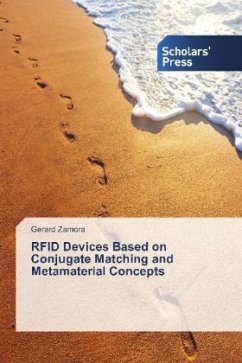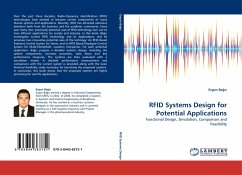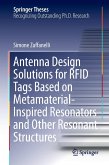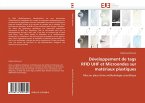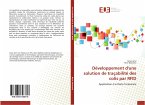Radio frequency identi cation (RFID) is a fast developing technology that provides wireless identification and tracking capability. RFID is an emerging technology and one of the most rapidly growing segments of today s automatic identification and data capture (AIDC) industry. RFID is revolutionizing supply chain management, replacing bar codes as the main tracking system, and it is rapidly becoming a cost-effective technology. However, the design of tags able to cover the whole UHF-RFID regulated bands, providing appropriate read performance, becomes an important challenge. Also, there is a lack of systematization in the design methodology of UHF-RFID tags. Another problem which prevents a faster expansion of the UHF-RFID technology is found in the retail item management, in the difficulty of simultaneously offer the possibility of controlling items payment in stores and inventory of elements present in the store. Cost reduction is a special concern in the implementation of microwave RFID systems where power consumption should be minimized. The objective of this book is to provide solutions to the aforementioned problems, contributing to the progress of the RFID technology.
Bitte wählen Sie Ihr Anliegen aus.
Rechnungen
Retourenschein anfordern
Bestellstatus
Storno

